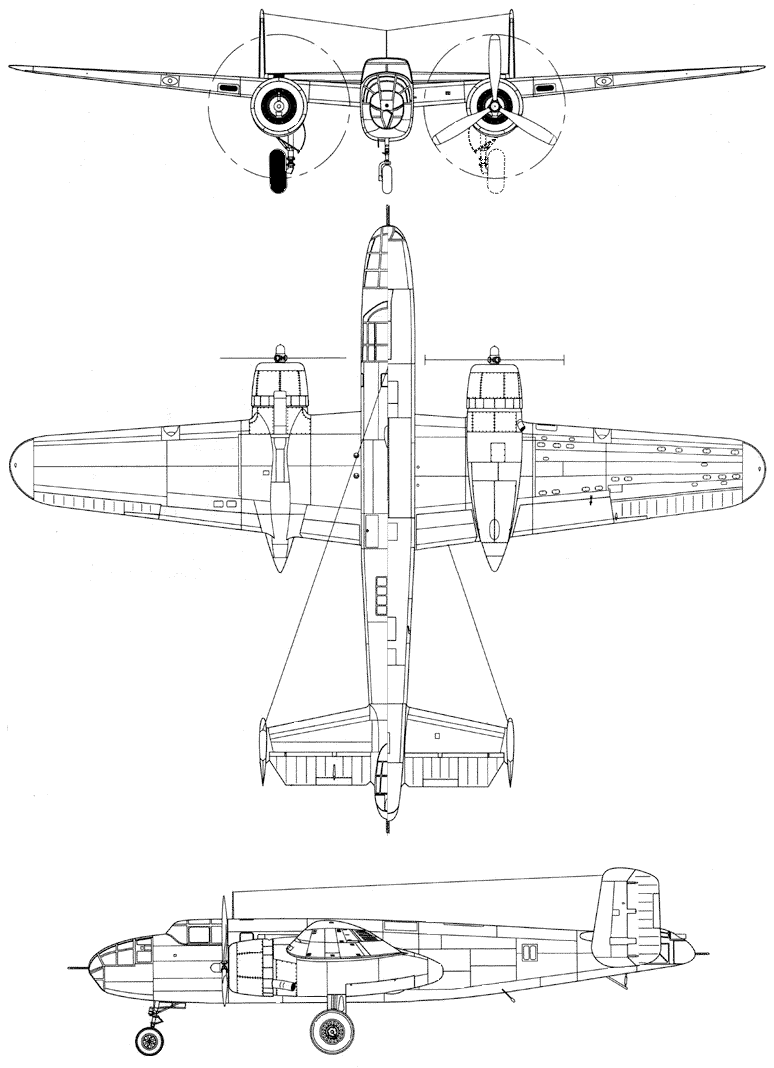 |
| Il-2 |
The aircraft filled the role of ground-attacker, they were capable of carrying over 1000lbs of bombs, as well as 100lbs+ of rockets. In addition to explosives, it also carried a 23mm auto-cannon and a 7.62mm machine gun, used for self-defense as well as ground-attack. One feature unique to the Il-2 was that it was armored. However, having traditional armor plating would make the aircraft too heavy, so the Soviets created a design where the armor not only protected the aircraft, but also acted as its frame! Normally, an aircraft is a series of spars with thin metal over it, but the Il-2 used armor that also filled the role of the spars, making the aircraft lighter, but also armored. This extra armor earned the Il-2 the nickname "The Flying Tank."
I'll be starting each flying goal with this aircraft, as it's the easiest to fly, it's very large wings are proof of this, as it means that there is plenty of air flowing over the wings, which in turn means that there is plenty of lift for the aircraft and pilot to utilize.
 |
| B-25 |
While it had a similar role to the Il-2 Sturmovik, the B-25 was also capable of high-altitude bombing as well as ground-attack. However, the B-25 was much bigger, therefore, it was much less maneuverable, meaning that the B-25 was not nearly as effective at ground attacking as the Il-2 was.
While this aircraft was very easy to fly during flat, high-altitude bombing missions, it becomes a struggle while ground attacking or after taking damage. However, if the fighters escorting the bomber flight do their job correctly, it should be a very smooth flight.
Last, but certainly not least, the famed BF-109. It is the third most-produced aircraft of all time, sitting at 33,984 fighter built. German pilots loved it, it was fast, light, climbed and dove well, and had lots of firepower. However, as WWII raged on, Germany started to loose pilots, planes, and fuel quality. Like the Japanese, the quality of the aircraft went down as the war went on, due to loss of resources. As aces were killed or captured in combat, the Luftwaffe had to replace them with with pilots fresh out of flight school. The fuel quality went down as well, causing a drop in power of German engines.
 |
| BF-109 |
Well, there it is! The very basics for each aircraft I'll be using. After this past week of research, I feel prepared to take each aircraft into the air for the first time! Here's hoping that I don't end up in too many burning craters!
__________________________
Blogs commented on this week:
Josh C: Piano Improv
Dani G: Animation
Nicole T: Choreography
Abby B: Hurdling
Helen A: Mediation
Matt T: Critiquing
No comments:
Post a Comment